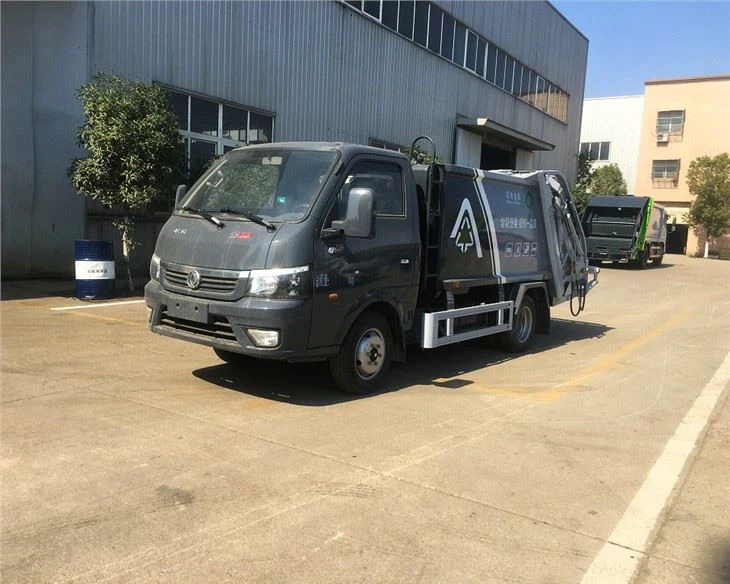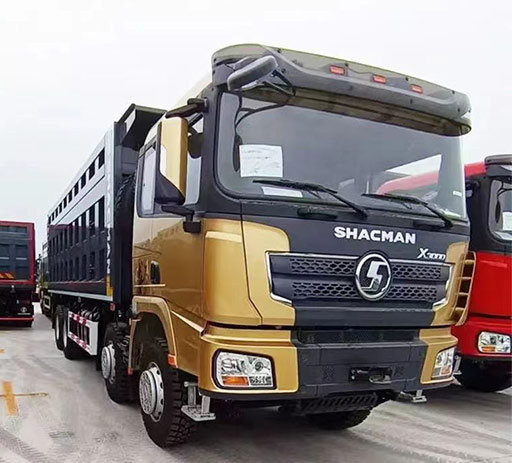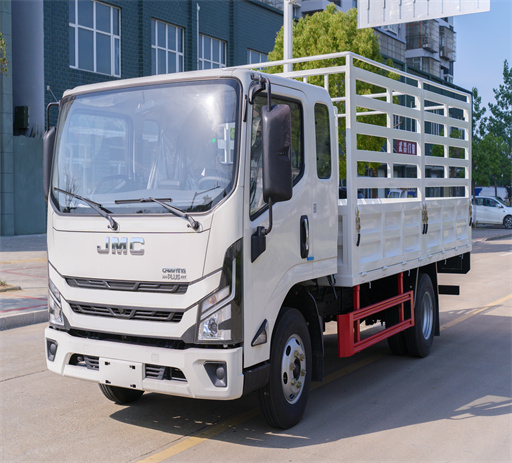Ultimate Guide to Rear Loader Garbage Trucks

Rear loader garbage trucks are essential vehicles used for waste collection and management in urban and suburban environments. With their unique design and functionality, these trucks are commonly employed by municipalities and private waste management companies. In this comprehensive article, we will explore everything there is to know about rear loader garbage trucks, including their working principle, benefits, maintenance tips, and much more. Let’s dive into the details!
Table of Contents
- What is a Rear Loader Garbage Truck?
- How Do Rear Loader Garbage Trucks Work?
- Benefits of Rear Loader Garbage Trucks
- Types of Rear Loader Garbage Trucks
- Maintenance of Rear Loader Garbage Trucks
- Safety Tips When Using Rear Loader Garbage Trucks
- Practical Examples and Case Studies
- Future Trends in Rear Loader Garbage Trucks
- FAQ about Rear Loader Garbage Trucks
What is a Rear Loader Garbage Truck?
A rear loader garbage truck is a type of waste collection vehicle equipped with a mechanism designed to load refuse from the back. This type of truck is most commonly used by waste collection services to pick up residential and commercial trash. The rear-loading feature allows for a streamlined process, enabling the driver to operate the collection mechanism without leaving the cab.
Key Features of Rear Loader Garbage Trucks
- Rear Loading Compaction: The back of the truck has a hydraulic-powered compaction system that compresses the collected waste.
- Operator-Friendly Controls: Controls for the loading mechanism and compaction system are easily accessible from the driver’s seat.
- Variety of Sizes: Available in various sizes to accommodate different waste management needs.
How Do Rear Loader Garbage Trucks Work?
The operational mechanism of rear loader garbage trucks involves a series of steps that ensure efficient waste collection. Below are the main components and their functions:
1. Collection Mechanism
The collection occurs at the rear of the truck, where garbage cans or bins are placed. The operator aligns the truck with the bins and uses the hydraulic lift to hoist and dump the contents into the truck’s hopper.
2. Compaction System
Once the waste is in the hopper, the compaction system compresses it to maximize space. This allows for greater load capacity and reduces the frequency of trips to the landfill.
3. Dumping Process
When full, the truck drives to a disposal site. The operator uses the hydraulic controls to lift the dumpster and empty the contents into the landfill or recycling facility.
Benefits of Rear Loader Garbage Trucks
Rear loader garbage trucks offer numerous advantages for waste management operations:
1. Increased Efficiency
The rear loading mechanism allows drivers to process waste quickly, reducing the time spent at each collection point.
2. Space Saving
Compaction enables rear loaders to carry more waste than other types of trucks, which helps to minimize traffic on collection routes.
3. Improved Safety Features
Many modern rear loaders come equipped with safety features like backup cameras, warning systems, and better visibility, enhancing operator safety.
4. Reduced Labor Costs
With the compacting and efficient collection method, fewer personnel are needed for each route, which can lead to cost savings.
Types of Rear Loader Garbage Trucks
There are several types of rear loader garbage trucks, categorized based on their specific designs and functionalities:
1. Standard Rear Loaders
This type comes with a traditional compaction mechanism suitable for most residential and commercial waste collection requirements.
2. Automated Rear Loaders
These trucks feature automated systems that can collect and compact waste without human intervention, allowing for a more efficient and safer operation.
3. Side-Loading Rear Loaders
Although primarily a rear loader, these trucks have an additional side-loading mechanism to facilitate collection from larger bins and containers.
4. Heavy-Duty Rear Loaders

Designed for large-scale operations, heavy-duty rear loaders can handle greater volumes and heavier types of waste.
Maintenance of Rear Loader Garbage Trucks
Routine maintenance is vital for optimal performance and longevity of rear loader garbage trucks. Here are some essential maintenance tips:
1. Daily Inspections
Conduct daily inspections before operational use, checking for fluid leaks, tire pressure, and functionality of the loading and compaction mechanisms.
2. Regular Oil Changes
Follow the manufacturer’s recommendations for oil changes to ensure engine longevity and efficiency.

3. Hydraulic System Maintenance
Monitor hydraulic fluid levels and perform checks on hoses and hydraulic cylinders for any signs of wear or damage.
4. Brake System Checks
Inspect brakes regularly, ensuring they are functioning correctly to maintain safety during operation.
Safety Tips When Using Rear Loader Garbage Trucks
Safety should always be a priority when operating rear loader garbage trucks. Here are some essential safety tips:
1. Use Safety Gear
Operators should always wear appropriate safety gear, including gloves, safety glasses, and high-visibility vests.
2. Maintain Clear Visibility
Ensure all mirrors are adjusted correctly, allowing the driver maximum visibility around the vehicle.
3. Training and Certification
All operators should undergo proper training and certification to operate rear loader trucks safely.
4. Follow Traffic Regulations
While on collection routes, operators must adhere to local traffic regulations to ensure the safety of pedestrians and other vehicles.
Practical Examples and Case Studies
To understand better how rear loader garbage trucks function in real-world applications, here are some practical examples:
Case Study 1: Municipal Waste Collection
A city utilizes a fleet of rear loader garbage trucks for its waste collection services. Each truck is assigned to a specific route, allowing for efficient collection while maintaining optimal scheduling. The compaction system enables the city to reduce the number of trips to the landfill by 30%.
Case Study 2: Commercial Waste Management
A private waste management company invested in automated rear loaders to improve its service efficiency. With reduced labor costs and increased payload capacity, the company saw a 15% increase in profit margins within six months.
Future Trends in Rear Loader Garbage Trucks
The waste management industry is continually evolving, and rear loader garbage trucks are also experiencing innovation. Here are some anticipated trends:
1. Increased Automation
As technology advances, more rear loader garbage trucks will incorporate automation, allowing for safer and more efficient operations.
2. Eco-Friendly Designs
With a push towards sustainability, manufacturers will focus on creating environmental-friendly trucks, including electric models that reduce carbon footprints.
3. Advanced Data Analytics

Real-time data analytics will improve route optimization, ensuring that trucks follow the most efficient paths during waste collection.
FAQ about Rear Loader Garbage Trucks
1. What is the average lifespan of a rear loader garbage truck?
The average lifespan of a rear loader garbage truck is typically between 10 to 15 years, depending on use and maintenance.
2. Can rear loader garbage trucks be used for recycling?
Yes, rear loader garbage trucks can be equipped or adapted for recycling collections in addition to regular waste collection.
3. How much weight can a rear loader garbage truck carry?
Rear loader garbage trucks can generally carry between 12,000 to 15,000 pounds of waste, depending on specifications.
4. What measures are taken to ensure driver safety?
Drivers are trained extensively and provided with safety gear and equipment features, such as cameras and alarms, to enhance safety during operations.
5. How often should maintenance be performed on a rear loader garbage truck?
Routine maintenance should be performed daily, with thorough inspections and servicing every few weeks or according to manufacturer recommendations.
6. Are there any grants available for purchasing eco-friendly garbage trucks?
Many local governments and organizations provide grants or incentives for waste management companies that invest in eco-friendly technologies, including garbage trucks.
